John Loupos – Functional Differentiation of the Lumbar, Thoracic, & Cervical Spine
$15.00
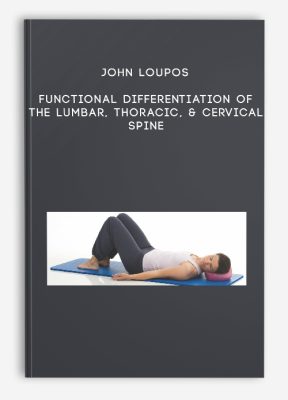
John Loupos – Functional Differentiation of the Lumbar, Thoracic, & Cervical Spine
Get John Loupos – Functional Differentiation of the Lumbar, Thoracic, & Cervical Spine on Salaedu.com
Description:
[1 CD – 4 M4A]Do you remember when you were a kid, and looking back to the rear over your shoulder while backing up your car made for such a casual gesture that you’d toss your head around without a second thought? For most folks over the age of 40 or 50 those days are long gone. If twisting to look behind now entails a more concerted effort… if turning your head to either direction has devolved from a near automatic motion into one necessarily slower and more thought-out, perhaps even a whole body affair, than this CD series is for you. The lessons contained in this series are just as applicable for constricted mobility in your lower and middle back areas, or in your torso, as they are for tightness in your neck and shoulders. ‘Functional Differentiation…’ (for short) is a remarkable series of movement patterns that will have listeners immediately feeling a marked difference in their spinal flexibility, and not just in terms of twisting from side to side, but as regards forward/ backward bending and arching, and side tilting as well.
(Sidebar: Now there’s a bit of a story here. I have to be candid, right off, in revealing just how I developed the idea for this unique movement series. As someone one who likes to take my winter vacations in the Caribbean I love soaking up those warm rays of sunshine. However, ever since that one time that I burned badly, nearly ruining my whole vacation, I’ve opted for a pre-travel base tan at my local tanning center (I regard this as the lesser of two evils), so as to avoid getting a sunburn once I hit the beach. One pre-vacation morning, while standing upright in my local tanning booth, the idea occurred to me that I could move my body according to certain planes of motion, even given the constraints of the booth, in order to make the very most of my time (I tend to be a multi-tasker). What I discovered was that in the time it took me to tan (5 – 7 minutes) I was able to increase my rotational ability (twisting/turning from side to side) by nearly double… all this without any ‘stretching’ in the usual sense, simply by applying the Somatics principles of sensory awareness and differentiation to my body while standing upright, even in a confined space.)
Following the success at my initial trials with axial rotation patterns, it made sense to develop, as well, patterns addressing the spine’s other two planes of motion. The result is a new series of Somatics movement patterns that will help you to restore suppleness, pliability and resilience to your own spine.
This CD learning series contains 3 lessons. In these lessons you’ll explore along your spine’s three planes of mobility. Order your copy today and start maneuvering your spine like a kid again. 78 minutes.
John Loupos is the founder of the Pain & Mobility Clinic, and maintains an active clinical practice at his Jade Forest location in Cohasset. John is fully certified as a Clinical Somatic Educator by the Somatics Systems Institute in Northamptom, Ma, where he studied directly with protégés trained by Thomas Hanna, and as a Hanna Somatic Educator by the Novato Institute that Hanna founded in Novato, Ca.
FITNESS – HEALTH – MEDICAL Course
More information about Medical:
Medicine is the science and practice of establishing the diagnosis, prognosis, treatment, and prevention of disease.
Medicine encompasses a variety of health care practices evolved to maintain and restore health by the prevention and treatment of illness.
Contemporary medicine applies biomedical sciences, biomedical research, genetics, and medical technology to diagnose, treat, and prevent injury and disease,
typically through pharmaceuticals or surgery, but also through therapies as diverse as psychotherapy, external splints and traction, medical devices, biologics, and ionizing radiation, amongst others.
Medicine has been around for thousands of years, during most of which it was an art (an area of skill and knowledge) frequently having connections to the religious and philosophical beliefs of local culture.
For example, a medicine man would apply herbs and say prayers for healing, or an ancient philosopher and physician would apply bloodletting according to the theories of humorism.
In recent centuries, since the advent of modern science, most medicine has become a combination of art and science (both basic and applied, under the umbrella of medical science).
While stitching technique for sutures is an art learned through practice.
The knowledge of what happens at the cellular and molecular level in the tissues being stitched arises through science.
1 review for John Loupos – Functional Differentiation of the Lumbar, Thoracic, & Cervical Spine
Add a review Cancel reply
Related products
HEALTH - FITNESS - LIFESTYLE - MEDICAL
HEALTH - FITNESS - LIFESTYLE - MEDICAL
HEALTH - FITNESS - LIFESTYLE - MEDICAL
Complete Certified Professional Coach Online Course from Berry Fowler
HEALTH - FITNESS - LIFESTYLE - MEDICAL
HEALTH - FITNESS - LIFESTYLE - MEDICAL
Fast Confidence [How To Be More Confident │Confidence Building] from Sharon Melnick, Ph.D.
HEALTH - FITNESS - LIFESTYLE - MEDICAL

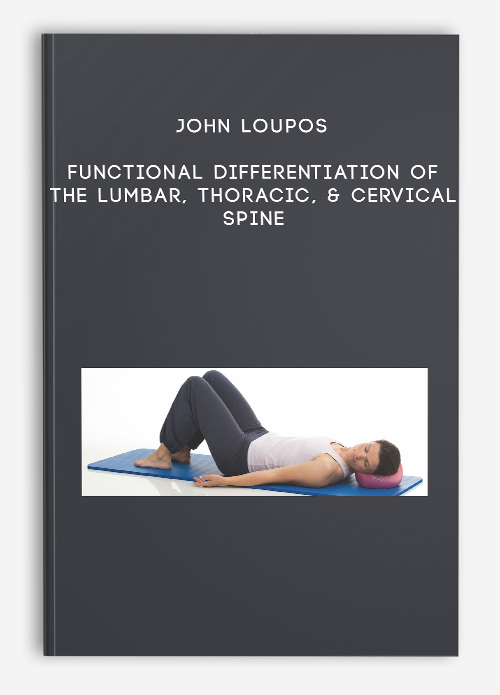
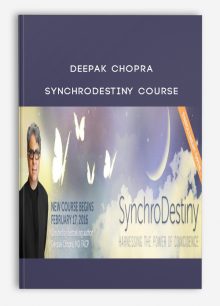
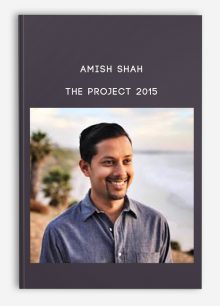
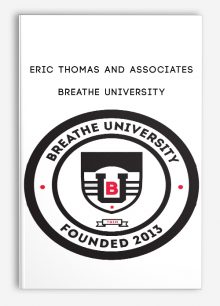



![Fast Confidence [How To Be More Confident │Confidence Building] from Sharon Melnick, Ph.D.](https://tradersoffer.forex/wp-content/uploads/2017/05/Sharon-Melnick-Ph.D.-Fast-Confidence-How-To-Be-More-Confident-│Confidence-Building-220x261.png)

king –
“We encourage customers to contact Customer Service and think twice before making payment. All course contents will be similar to what is from the author.”
Thank you!